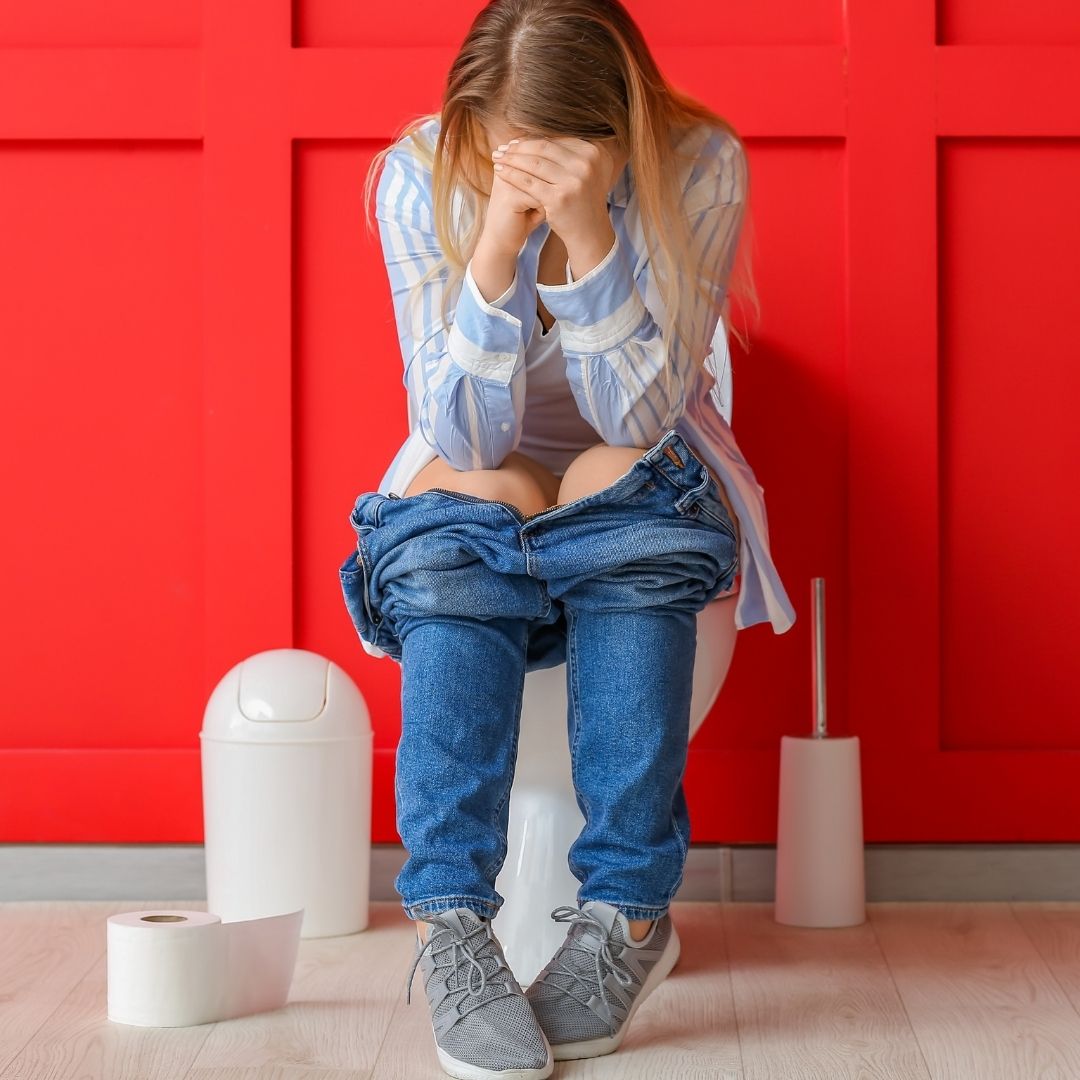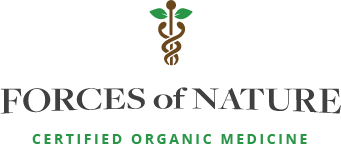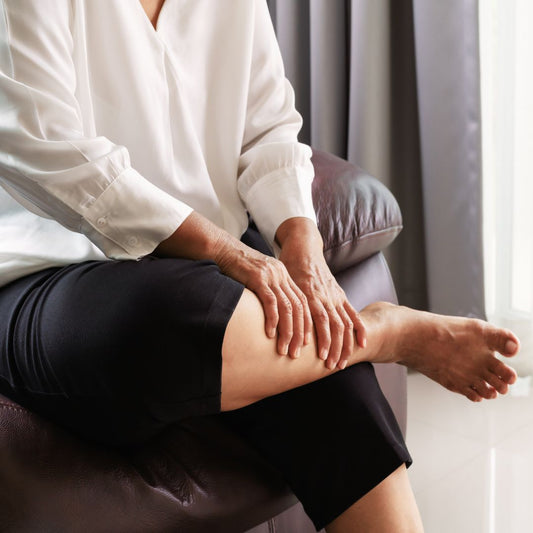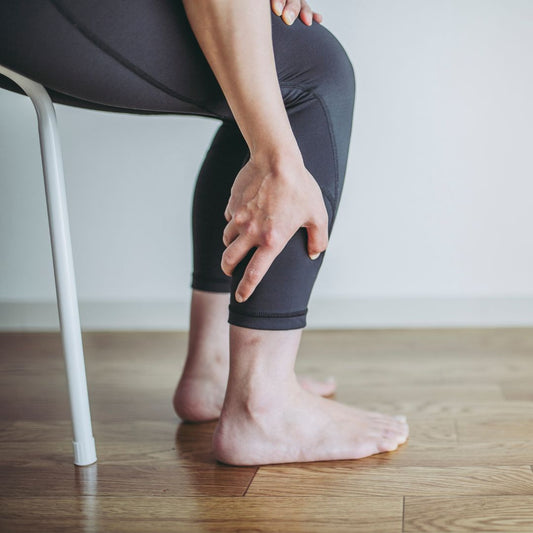There are two types of hemorrhoids, namely, internal, and external hemorrhoids. Every human being has hemorrhoids. They normally function as cushions during bowel movement. Internal hemorrhoids are too far into rectum to be seen. External hemorrhoids are situated within the lower part of the anus. During bowel movement hemorrhoids expand to cushion the passage of stools.
Both internal and external hemorrhoids can cause problems if they prolapse and enlarge. When they become pathological or swell, hemorrhoids are known as piles. Prolapsed internal hemorrhoids can protrude outside the sphincter of the anus. Similarly, external hemorrhoids can prolapse and enlarge to the outside of the anus, particularly during bowel movement. Hemorrhoids receive their blood supply from arteries, not veins. Sometimes blood clots are formed inside prolapsed hemorrhoids and cause severe pain. It is not uncommon for hemorrhoids to bleed a bright red blood.
The incidence of hemorrhoids is high among individuals aged between of 20 and 50 years for both genders, but it is at its peak in people aged 45 to 65. About 40% of individuals in the United States are likely to have problems with their hemorrhoids at one time or other during their lifetime. Learn about hemorrhoid symptoms and treatment options below.
Symptoms of Hemorrhoidal Disease
Rectal bleeding is one of the most common symptoms of hemorrhoids. The blood can be seen on the toilet tissue and in the toilet bowel after bowel movement. Itching caused by mucus seeping into the anal skin is another symptom. When enlarged, hemorrhoids protrude outside the anus where they can be felt and can cause skin irritation. Other hemorrhoid symptoms include pain caused by swollen and enlarged hemorrhoids bulging and being squeezed by the muscles of the anus.
Risk Factors
One of the main risk factors for pathogenesis or development of hemorrhoidal disease is associated with chronic or protracted straining and exertion of pressure on the anal cushions. Most of the pressure is associated with obesity, consumption of a low fiber diet, genetic predisposition, labor strains when giving birth, weightlifting as well as poor bowel movement habits.
Treatment of Hemorrhoids or Piles
There is a wide range of conventional treatments for hemorrhoidal disease such as increasing intake of dietary fiber and reducing general strenuous activities likely to trigger the condition. Severe cases of hemorrhoids or piles may require invasive surgery. Ultroid® which works by directing low electric current to the hemorrhoid to help shrink it is yet another form of conventional treatment.
Home remedies for hemorrhoids
Some of the home remedies recommended for hemorrhoid treatment have not been scientifically researched and proven to be safe, effective or to be without side effects. Besides most of them are prepared in non-clinical settings devoid of proper sterilization techniques. Therefore, the individual who opts to use them does so at their own risk.
Natural hemorrhoid treatment
Forces of Nature offers an organic soothing and healing remedy for hemorrhoids known as Hemorrhoid Control Extra Strength. This remedy helps shrink and heal hemorrhoids faster, safer and more effectively. These remedies are not laced with abrasive chemicals that give adverse side effects. Forces of Nature remedies have double potency.
Do You Have External or Internal Hemorrhoids?

By Dr. Peter Klapper Ph.D.



